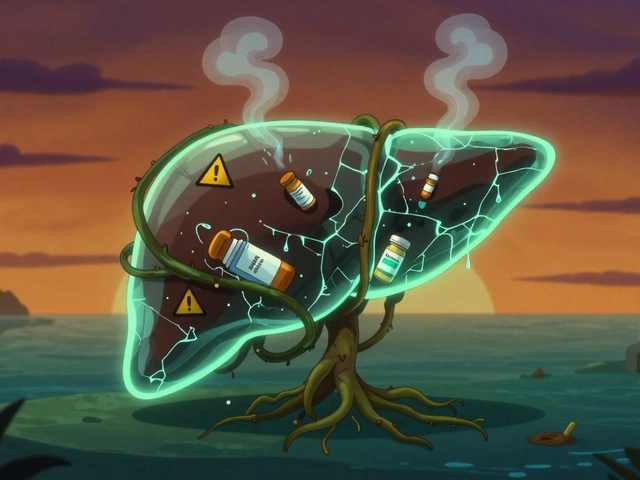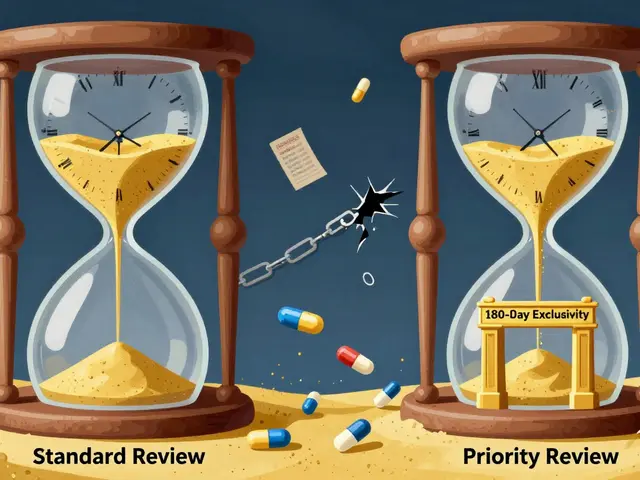Low-dose naltrexone (LDN): a quick, practical guide
Here’s a surprising fact: the same drug used in high doses for opioid dependence is being used at tiny doses to help pain and immune issues. That’s low-dose naltrexone (LDN). People try it for fibromyalgia, some autoimmune conditions, long COVID symptoms and chronic pain. The evidence is mixed but growing—small trials and case series report benefits in a few conditions, and many patients report real improvements. If you’re curious, this short guide tells you how it works, common doses, safety issues, and how people usually get it.
How LDN works (in plain language)
Naltrexone at standard doses blocks opioid receptors. At very low doses it seems to do something different: it briefly blocks those receptors at night, which may trigger the body to boost its own endorphins. LDN also appears to calm overactive immune cells in the brain called microglia. That immune-modulating effect is why doctors and patients think it helps certain autoimmune and chronic pain conditions. Keep in mind these effects are still being studied; LDN isn’t a guaranteed fix, but it’s often low-risk and affordable compared with some newer drugs.
Practical dosing & safety tips
Typical LDN doses are between 1.5 mg and 4.5 mg taken once daily at bedtime. Many clinicians start very low—like 0.5–1.5 mg—and increase slowly every 1–2 weeks until symptoms improve or you reach about 4.5 mg. Common side effects include vivid dreams, trouble sleeping, mild stomach upset or a headache; these usually fade after a week or two. The big safety issue: don’t take LDN if you’re using opioid painkillers. Because LDN blocks opioid receptors, it can cause withdrawal or block pain meds. If you take opioids, talk to your prescriber before changing anything—some people need a washout period before starting LDN.
LDN is often prescribed off-label, so expect your doctor to discuss alternatives and monitoring. Routine lab tests are usually not required, but keep your clinician updated if new symptoms appear. If you’re pregnant or breastfeeding, avoid LDN unless a specialist advises otherwise.
Where do people get LDN? It’s usually made by compounding pharmacies into low-dose capsules or liquid, since standard naltrexone tablets are 50 mg. Some patients split tablets or use pills compounded to exact doses. Costs and quality vary, so use a reputable compounding pharmacy and get a proper prescription. Always check the law and pharmacy rules where you live.
Final practical note: LDN can be a useful, low-cost option to try under medical supervision, especially when other treatments aren’t working or cause bad side effects. It’s not a replacement for standard care in serious diseases, but it can be part of a treatment plan. Talk honestly with your doctor about goals, risks, and how you’ll track results—symptom diaries help a lot.
Low-Dose Naltrexone: The Gabapentin Alternative for Neuropathy & Chronic Pain in 2025
Low-dose naltrexone (LDN) is catching eyes as a gabapentin alternative for neuropathy and chronic pain. This article breaks down pilot trial findings, practical prescribing tips, dosage details, and safety notes. It also explores how LDN measures up to longtime favorites like gabapentin and what real patients and doctors are saying in 2025. Dig into what really works, minus all the hype, to get helpful insights for anyone considering new options for nerve pain relief.






